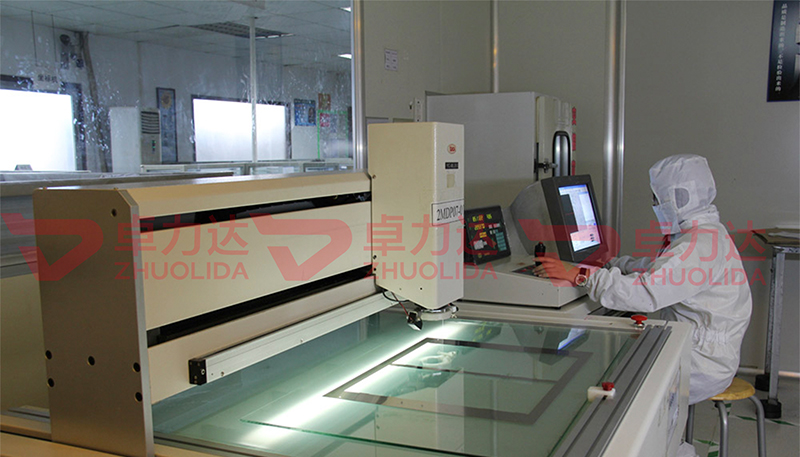
Etching stainless steel 304 is a straightforward process with proper preparation and technique. Type 304 stainless steel is commonly used because of its corrosion resistance, durability, and relatively easy workability for chemical or laser etching. Here's a detailed guide to etching 304 stainless steel:
Stainless Steel 304: Ensure the surface is clean and free from scratches.
Design Stencil: Vinyl stencils, photoresist film, or tape to mask areas you want to protect.
Etching Solution:
Ferric chloride (commonly used for etching stainless steel).
Hydrochloric acid with hydrogen peroxide (alternative method).
Resist Material:
Paint, vinyl, or wax to protect non-etched areas.
Plastic Container: For holding the etching solution (avoid metal containers).
Protective Gear:
Gloves, safety goggles, and a respirator to handle chemicals safely.
Brush or Applicator: For applying the etching solution, if submersion isn’t possible.
Prepare the Stainless Steel:
Clean the surface thoroughly with a degreaser or isopropyl alcohol to remove any oils or residues.
Rinse and let dry completely.
Apply the Resist:
Mask off the areas you don't want etched using vinyl stencils, tape, or a photoresist layer.
Ensure the edges of the resist are tightly sealed to prevent leakage.
Mix the Etching Solution:
Dilute ferric chloride with water in a plastic container (typically 1 part ferric chloride to 2 parts water).
Always add acid to water, not the other way around.
Etch the Stainless Steel:
Submerge the stainless steel into the solution or brush the solution onto the exposed areas.
Monitor the process; the etching depth depends on the exposure time (usually 5–20 minutes).
Agitate the solution gently to ensure even etching.
Rinse and Clean:
Once the desired depth is reached, rinse the piece thoroughly in cold water to stop the etching process.
Remove the resist using acetone or a scraper.
Polish and Finish:
Clean the etched piece with a fine abrasive pad or polish to remove any residues and enhance the appearance.
Design Preparation:
Create your logo or design file using vector software like Adobe Illustrator or CorelDRAW.
Save it in a compatible format for the laser engraver (e.g., SVG or DXF).
Set Up the Laser Engraver:
Use a fiber laser engraver, as it’s ideal for metals like stainless steel.
Adjust power, speed, and frequency settings for stainless steel 304.
Position the Steel:
Secure the stainless steel on the engraver’s platform.
Engrave the Design:
Run the laser on a test piece to ensure accuracy.
Execute the etching, letting the laser vaporize or discolor the surface for a precise result.
Etching Depth: For chemical etching, longer exposure creates deeper designs, but be cautious to avoid undercutting the edges.
Safety First: Always work in a well-ventilated area and use proper protective equipment.
Test First: Practice on a scrap piece of stainless steel to refine your process.
Contact: andy_Lai
Phone: 18938693450
E-mail: yw9@zldsmt.com
Add: Building A3, Huafa Industrial Park, Fuyong Town, Fuyuan Road, Fuyong Town, Baoan District, Shenzhen,China